Architecture l photos DECEMBER 13, 2018

NORTH AMERICA
1. New York (globally #13)
2. San Francisco (globally #16)
3. Chicago (globally #20)
4. Vancouver (globally #22)
5. Washington DC (globally #24)
6. Montreal (globally #31)
7. Boston (globally #33)
8. Toronto (globally #34)
9. Los Angeles (globally #37)
10. Atlanta (globally #42)
11. Houston (globally #43)
12. Dallas (globally #45)
13. Mexico City (globally #50)
Source: dailyhive (Jan 9 2023)
THE WORLD
1. Hong Kong
2. Zurich
3. Stockholm
4. Singapore
5. Helsinki
6. Oslo
7. Tokyo
8. Paris
9. Berlin
10. London
11. Amsterdam
12. Seoul
13. New York City


CONTENT
• MAP
GENERAL INFORMATION
• COMPARE TTC & STM LINE 1
• LINE 2-3 LINE 4
• LINE 5 LINE 6
• ONTARIO PROJECT ONTARIO LINE
• BOMBADIER BEYOND TORONTO

PHOTOBOOK
Architecture l photos





Source: Toronto.ca - Map 4 Higher Order Transit Corridors










“In a city symbolized by towers that aspire to the sky, it is the subway network that makes the commutes possible and city work”



FACTORS
ACCESS POINT
VETICAL CIRCULATION
ENTRANCE BUILDING
FUTURE CONNECTION
ELEMENTS
ELEVATOR
ESCALATOR
RAMP
STAIR
ENTRANCE
CONCOURSE
PLATFORM
TPSS
SERVICE ROOMS
TUNNEL VENTILATION FANS
TUNNEL VENTILATION SHAFT
DOOR
WINDOW
CORRIDOR
CEILING
FLOOR
WALL
TOILET
LIGHTING
ADVERTISING
SIGNAGE
ARRIVAL
Parking/ Vehicular Access
Transit Access
Bike Access
Pedestrian Access
STATION
Building Entrance
UNPAID ZONE
Trip Planning/ Information
Fare Purchase
Customer Assistance/ Station Attendant
Fare Threshold

Vertical Circulation
PAID
Retail/ Washrooms
Directional Vertical
ZONE
Retail/ Vending
Washrooms
Directional Infomation
Vertical Circulation
FONT
(LINE 2)
PLATFORM
Platform Arrival
Trip Confirmation


Boarding
CONNECTIONS
Alighting/ Arrival/ Transfer
FUNDAMENTAL REQUIREMENTS

Life Safety and Security
Barrier Free Access/ Universal Design
ACRONYMS
DWA-Designated Waiting Area
PED-Platform Edge Doors
ARCHITECTURE
Site and Building Relationship
Building Massing, Modularity, and Topologies
Structures, Associated Enclosures, and Integration
Entrances/ Exits
Circulation
Vertical Circulation
Pedestrian Tunnels
Pedestrian Bridges
Rail Corridor: Architectural Elements
Finishes and Materials
Figures & Tables list
LANDSCAPE
Paving
Furniture
Bicycle Parking
Supergraphics
Light Standards
Stairs and Ramps
Raised Planters
Tree Grates
Soil Cells
Stormwater Management
Trees
Groundcover Plant Material
Third Party Integration
CODE
• The minimum width of all internal public passageways shall be 5000mm
The minimum runoff at the top and bottom of escalators shall be 5000mm
• The minimum runoff space front of an elevator shall be 3000mm
• The minimum width of platforms shall be, 3.2m for side platforms, and 6.4m for island platforms
• A minimum unobstructed with of 2500mm including a 610mm warning strip at the platform edge
• Clear Turning Space 2500mm | Min 1500mm diameter turn circle-WC
• Stairs shall be a minimum width of 2400mm and sized to meet pedestrian flow for Level of Service and emergency exiting calculations
The maximum travel distance on an elevated platform to an exit serving that platform shall not exceed 45m
MATERIALS
FLOOR: Terrazzo, Porcelain
WALL: Porcelain Tile
• Vitreous Marble Tiles
Galvanized Metal Wall Panel
TRACK GAUGE
Track gauge in Canada is standard gauge of 4 ft 8+1⁄2 in (1,435 mm), except for Toronto transit systems and the White Pass and Yukon Route. Rail lines built during the 19th century with a broad gauge of 5 ft 6 in (1,676 mm) were converted to standard gauge.
Toronto Subway:
• Lines 1, 2 and 4 | Heavy-rail lines | 1,495 mm (4 ft 10+7⁄8 in) Lines 3, 5, and 6 | Light-rail lines | 1,435 mm (4 ft 8+1⁄2 in)

Motreal Metro: 1,435 mm (4 ft 81⁄2 in) with running pads for the rubber tired wheels outside of the steel rails Vacouver Skytrain: 1,435 mm (4 ft 81⁄2 in) standard gauge
How is the speed of the train related to the gauge distance provided? Explanation: A wider gauge has more capacity to withstand higher speed than a narrow gauge. Therefore, more the gauge distance more is the speed of the train .

COST
-RT
Underground: $250 million to $300 million per kilometre
• At grade: $150 million to $200 million per kilometre (roughly 65-70% of the underground cost)
-LRT
• Underground: $130 million to $225 million per kilometre

At grade in concrete: $50 million to $60 million per kilometre
• At grade with ballasted ties: $30 million to $40 million per kilometre
Source: http://lrt.daxack.ca/LRTvsHRT/CostCompare.html

 Source: BlogTo - Cost of Toronto transit projects over time, with inflation taken into account. Image via RCCAO.
Source: BlogTo - Cost of Toronto transit projects over time, with inflation taken into account. Image via RCCAO.
DECISION TREE

The decision tree opposite sets out a rule of thumb for deciding station or stop names. As stated previously, there are always going to be exceptions to the rule but this describes the logical steps that will work for most solutions,
Source: Report - Line 5 Eglinton Station Names




















TTC STATION - ARCHITECTS
1. Vaughan - Grimshaw
2. Highway 407 - Aedas
3. Pioneer Village - Spadia Group
4. York University - Foster + Partners
5. Finch West - Spadina Group
6. Downsview Park - Aedas
7. Shappard West - Adamson Associates & Steven Group
8. Yorkdale - Arthur Erickson
9. Lawrence West - Dunlop Farrow Aitken
10. Glencair - Adamson Associates
11. Eglinton West - Arthur Erickson, Clifford & Lawrie
12. Dupont - Dunlop Farrow Aitken
13. Spadina (L1) - Adamson Associates
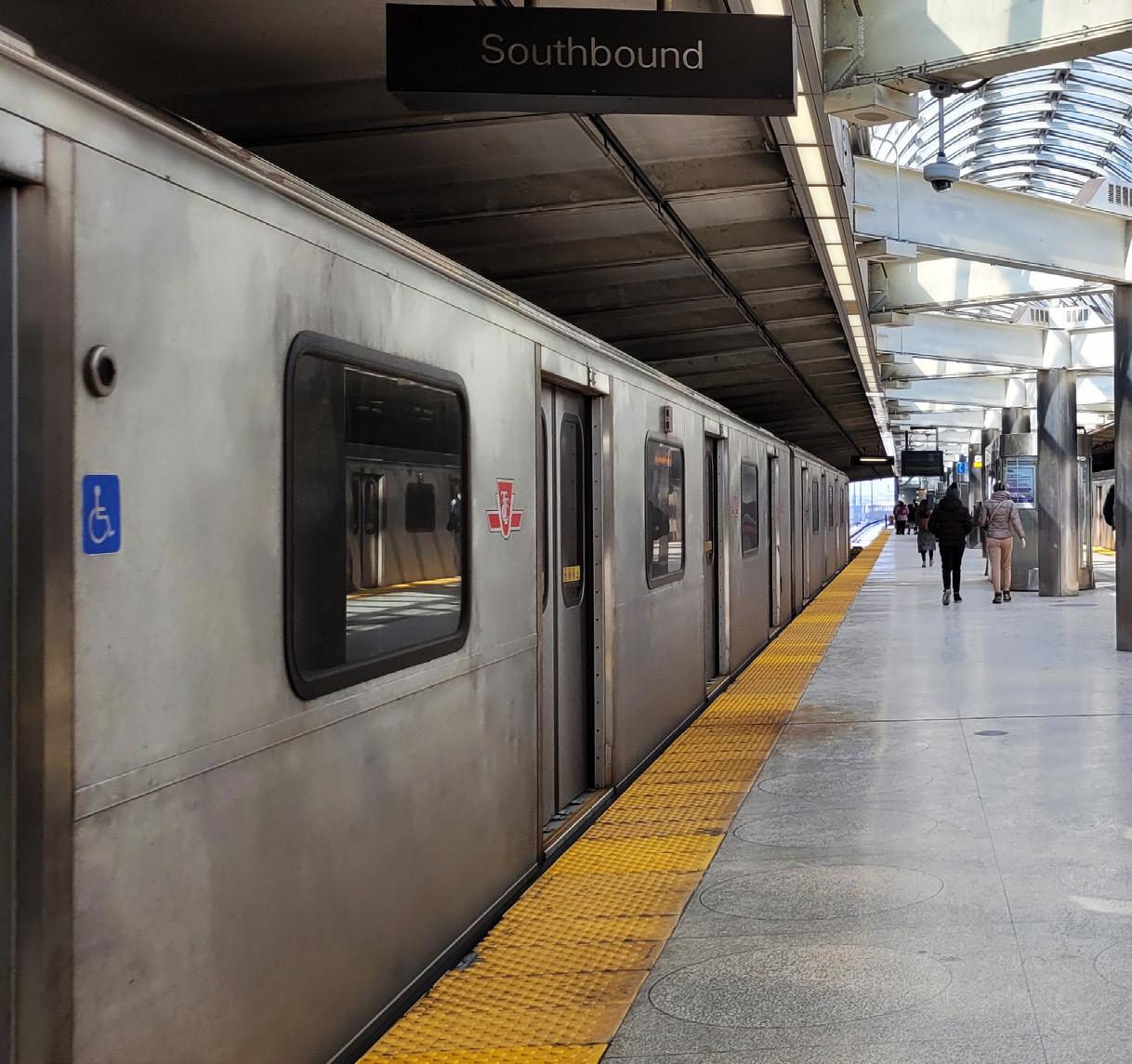
14. Museum (Update) - Diamond & Schmitt
15. Union (Update) - IBI Group
16. Bloor Yonge - Charles B. Dolphin
17. Rosedale - John B. Parkin























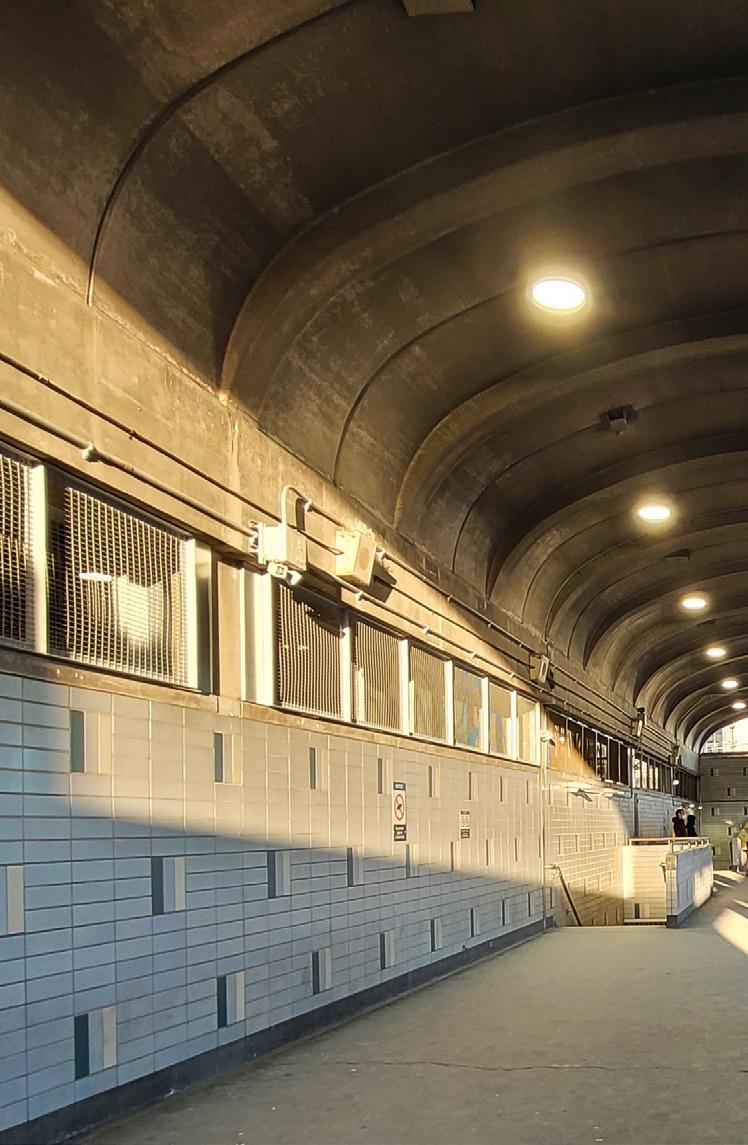














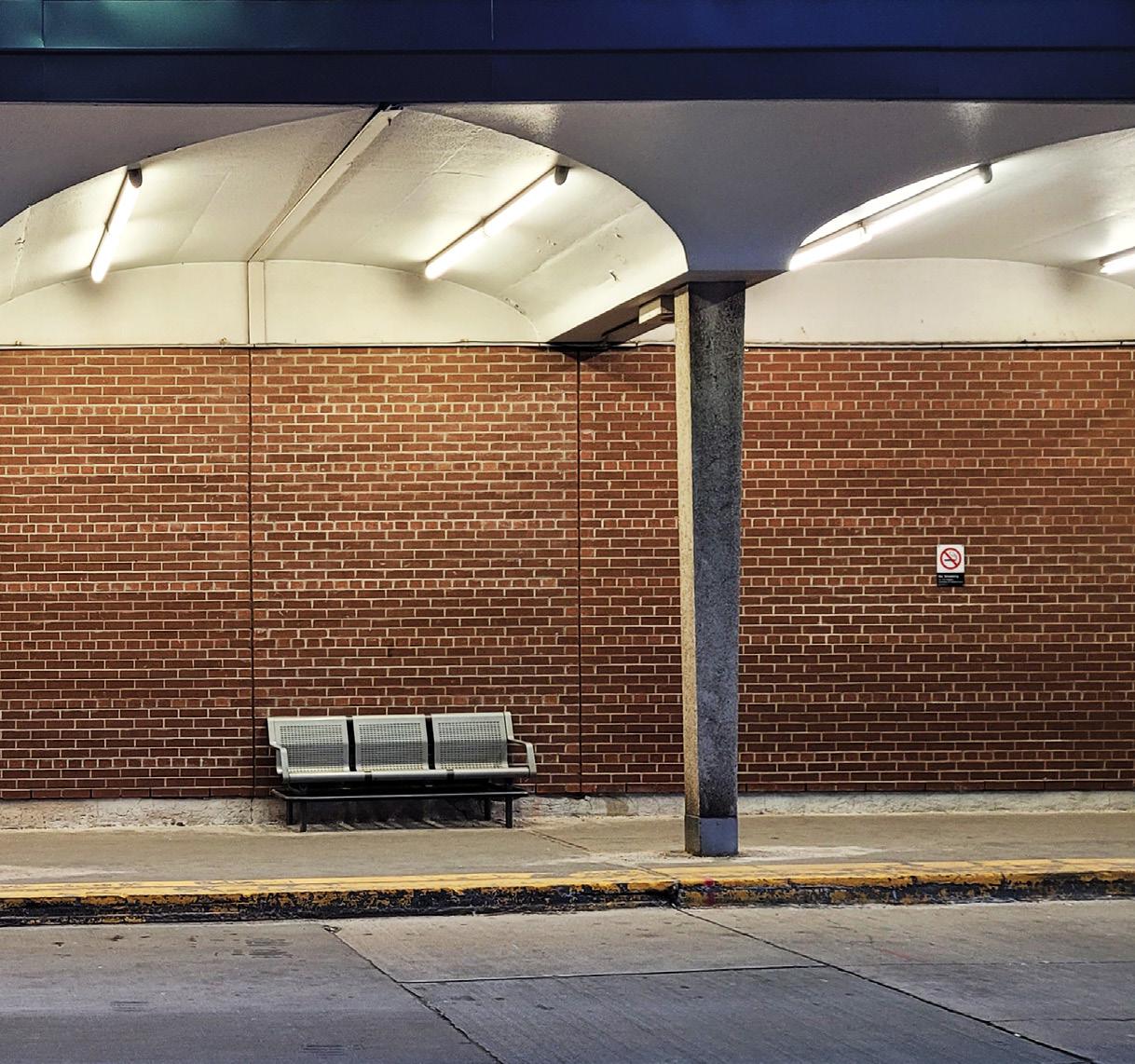



















































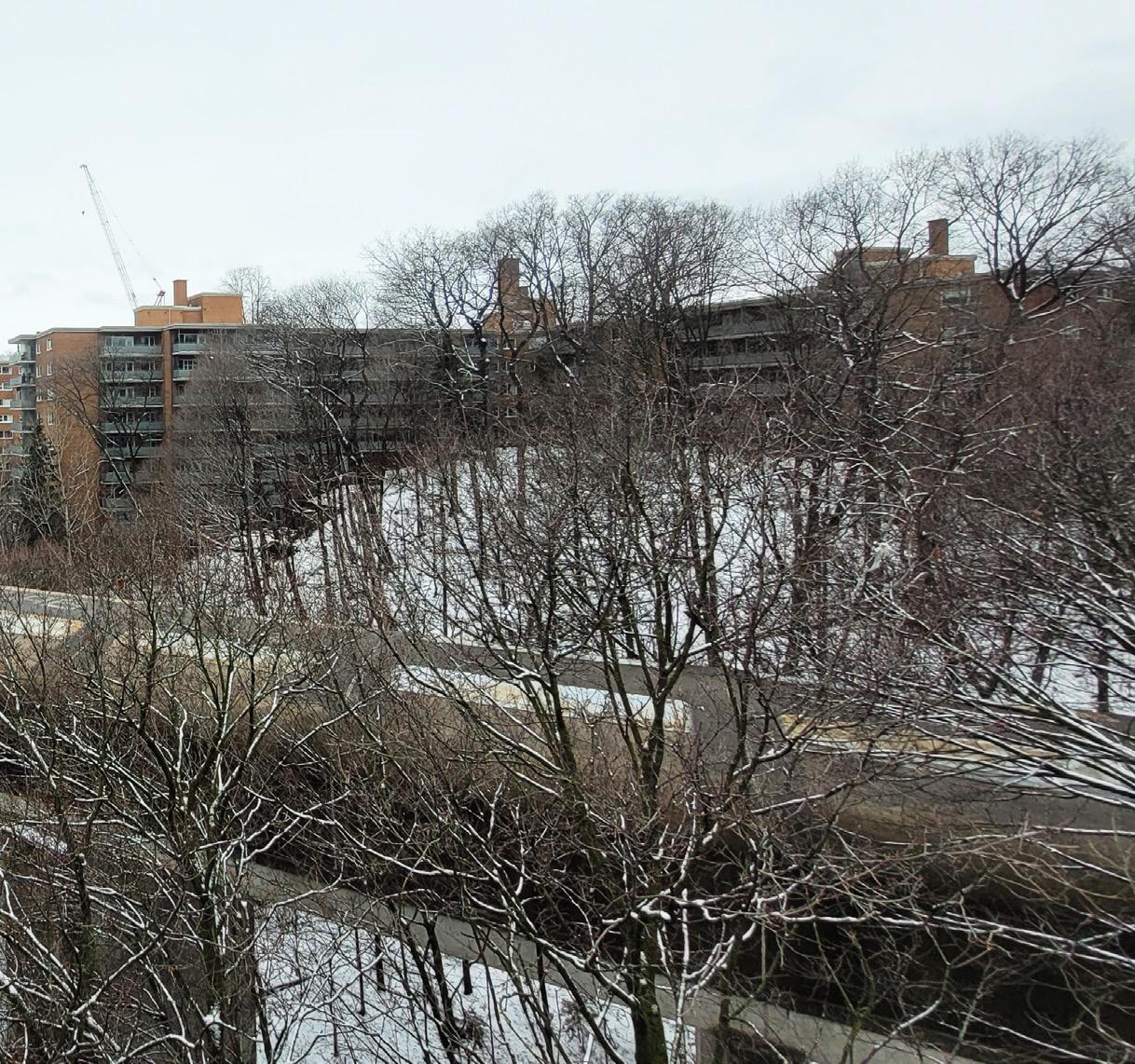

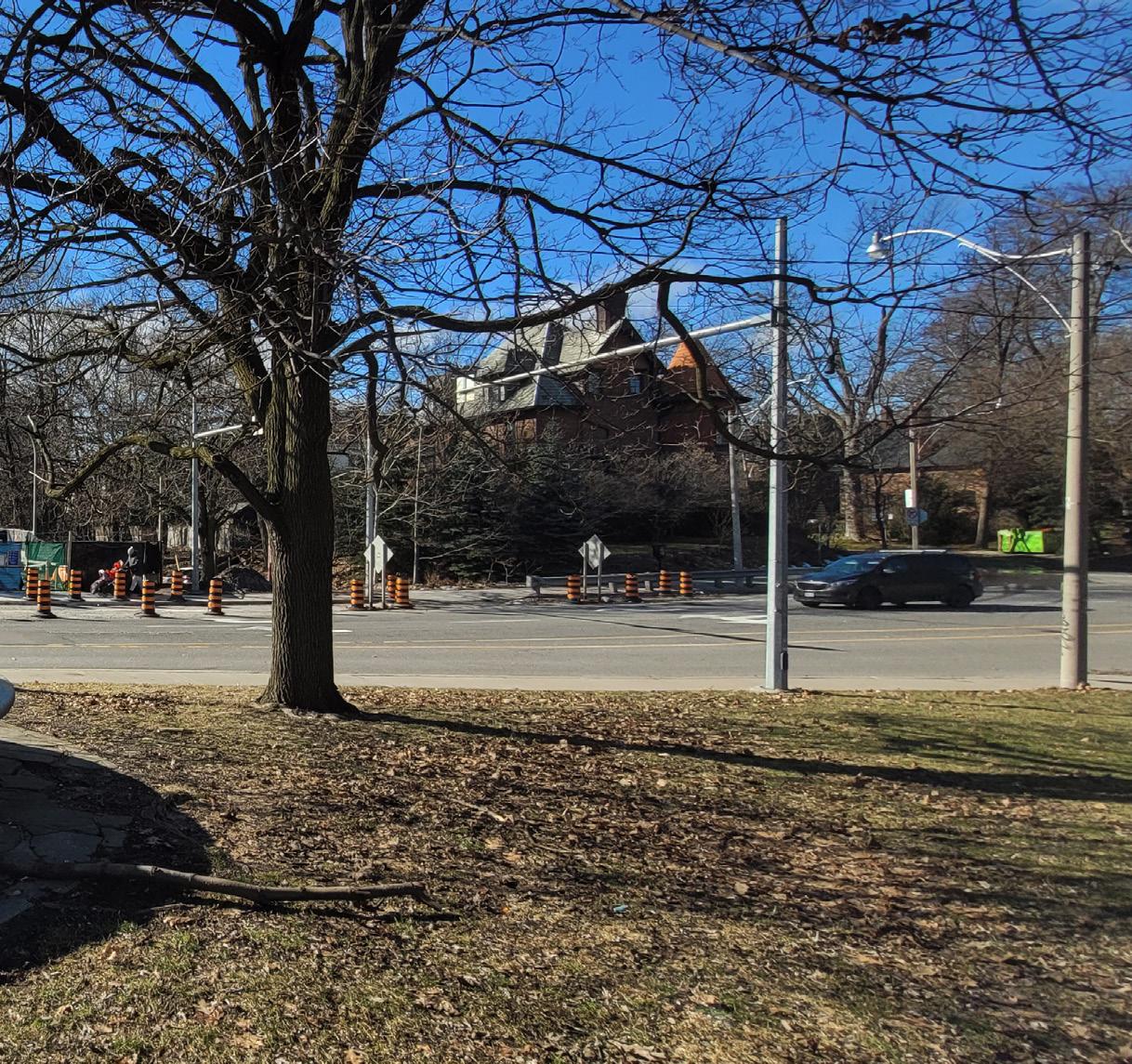








































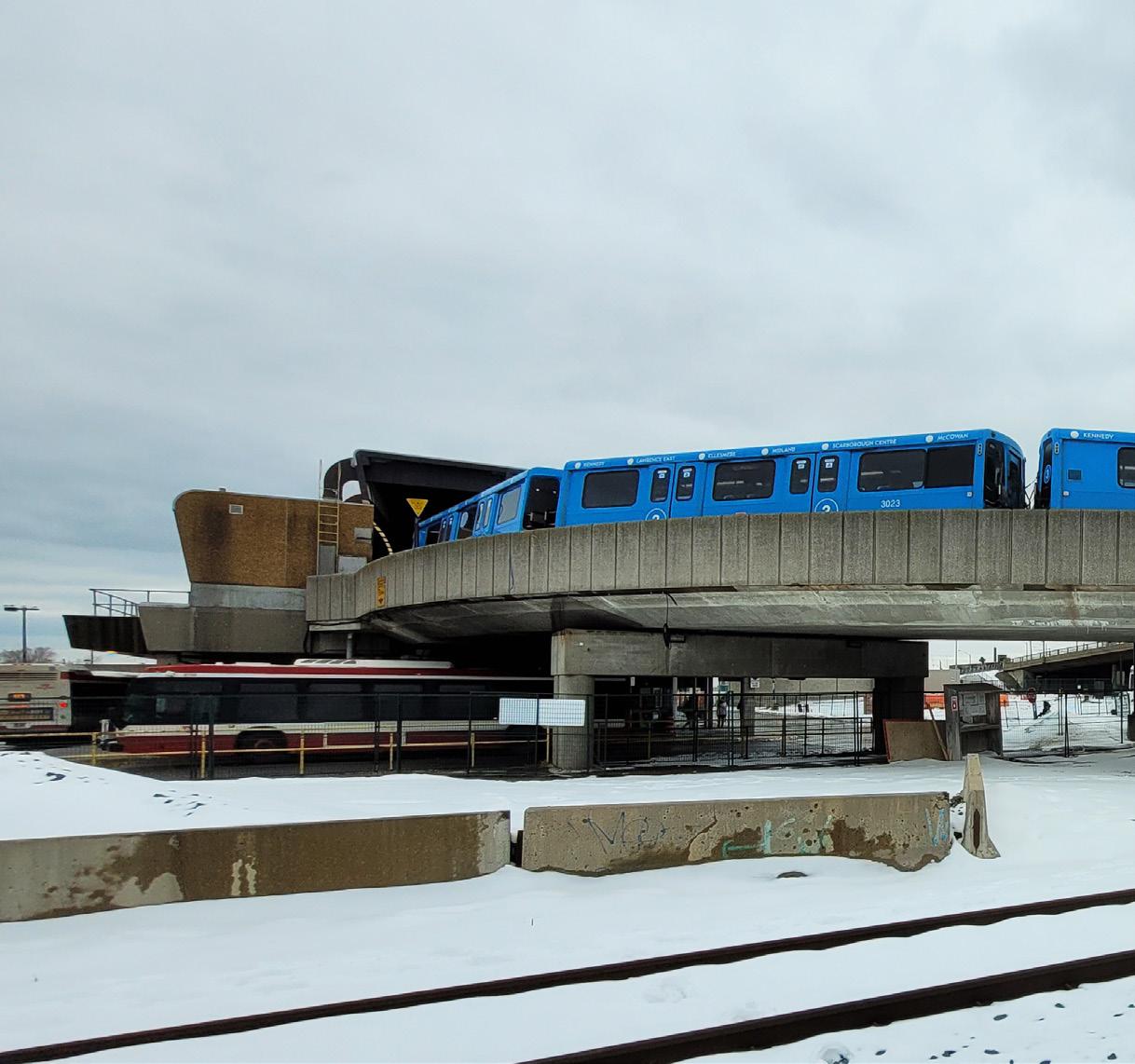












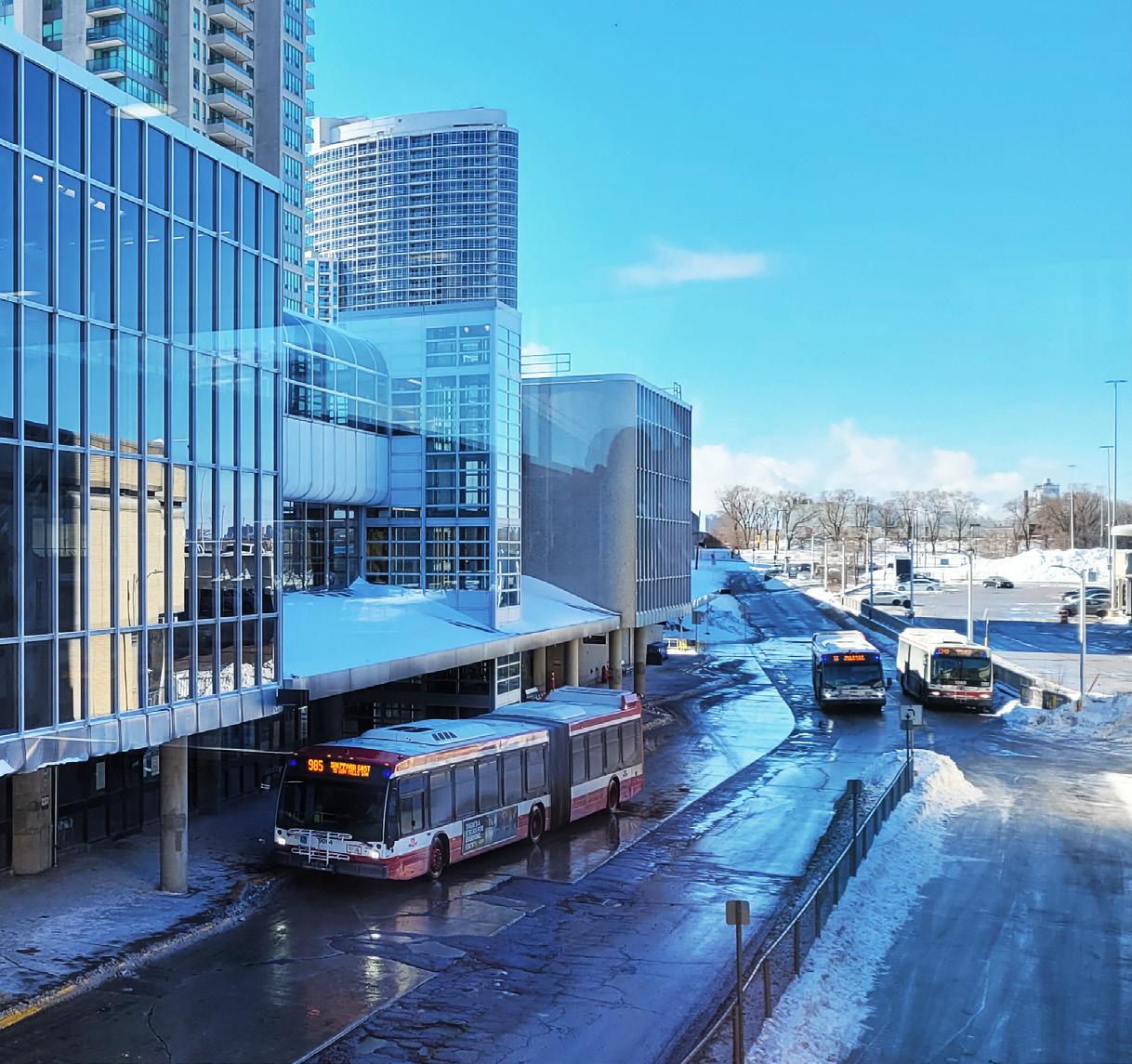






































Source: https://www.thestar.com/news/gta/2017/05/13/how-do-ttcs-streetcar-options-compare-its-bombardier-versus-alstom.html




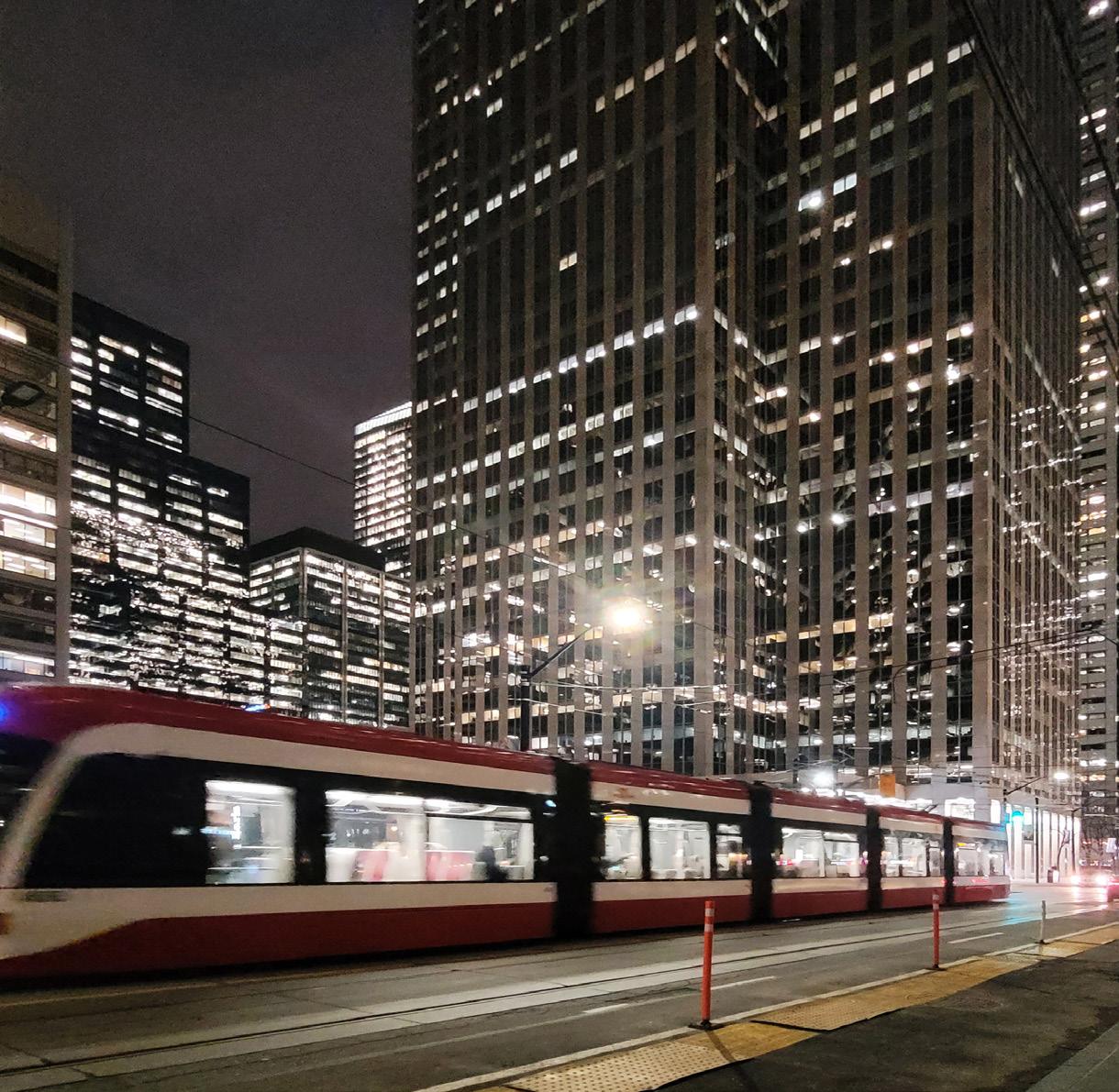

























ONTARIO LINE



The Ontario Line was announced by the Government of Ontario on April 10, 2019. As of November 2022, the estimated cost for the 15.6-kilometre (9.7 mi) line was CA$17 to $19 billion with an estimated completion in 2031. Originally, the cost was estimated at $10.9 billion with completion by 2027.














Bombardier brings in the trains (https://bombardier.com/)
In 1970, Bombardier entered the railway business with its first acquisition outside of Canada: Lohnerwerke in Vienna, Austria, a manufacturer of motor scooters and trams, and its subsidiary, the engine manufacturer ROTAX.
However, it was when the oil crisis struck in 1973 and forced Bombardier to halve its snowmobile production that the company became more serious about the railway business. Laurent Beaudoin and his management team completely redeployed the company’s excess manufacturing capacity, acquired mass transit technologies and applied Bombardier’s manufacturing know-how to build rolling stock.
In 1974, Bombardier won its first mass transit contract to manufacture 423 cars for the city of Montreal’s subway system. Later, in 1982, the $1 billion US contract to supply 825 subway cars for the New York City Transit Authority positioned Bombardier as a North American leader in rail transit.





CANADA-METRO

Toronto | TTC | 1954
Montreal | METRO | 1966 1967 Expo67
Edmonton | ETS | 1978 1978 Commonwealth Games

Calgary | CTRAIN | 1981
Vancouver | SKYTRAIN | 1985 1986 Expo86
Ottawa | OTRAIN | 2019


